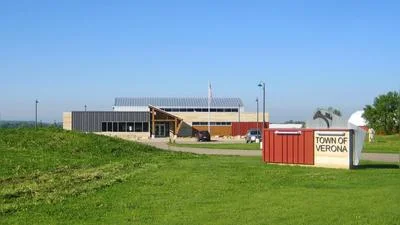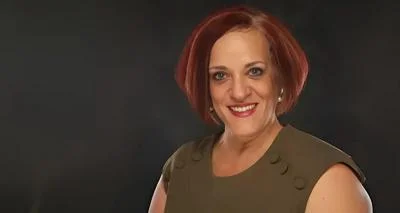Jennifer Mnookin Chancellor | Official website
Jennifer Mnookin Chancellor | Official website
New images of RSV may expose stubborn virus’s weak points
October 1, 2024 By Renata Solan
The complex shape of respiratory syncytial virus is one hurdle limiting the development of treatments for an infection that leads to hospitalization or worse for hundreds of thousands of people in the United States each year, according to the Centers for Disease Control and Prevention. New images of the virus from researchers at the University of Wisconsin–Madison may hold the key to preventing or slowing RSV infections.
RSV is of greatest concern in young children, the elderly, and adults at high risk for respiratory complications. Yet unlike the flu and other common, communicable respiratory illnesses that annually sweep through schools, there are few options for fighting RSV. In the U.S., prophylactic treatments are available for young children, and existing vaccines are approved only for pregnant women and the elderly.
The virus’s structure — which consists of tiny, bending filaments — has eluded researchers. This has made it difficult to identify key drug targets, including viral components that are conserved across related viruses.
“There are a number of viruses related to RSV that are also significant human pathogens, including measles,” says Elizabeth Wright, a UW–Madison biochemistry professor. “What we know about related viruses gives us clues about RSV protein structures, but to identify drug targets we need a closer look at RSV proteins that are intimately associated with the membranes of host cells.”
Using an imaging technique called cryo-electron tomography (Cryo-ET), Wright and her team have now revealed details of molecules and structures essential to RSV’s form and function. They published their findings recently in Nature.
Cryo-ET freezes viral particles or other molecules at ultracold temperatures, stopping biological processes in action. This allows researchers to examine the structures of organisms, cells and organelles, and viruses and capture small-scale images of structures frozen in time. Flash-freeze many RSV particles, and Cryo-ET imaging will capture nearly all the virus’s possible configurations from many different angles. These 2D images are combined to produce a representation of the virus’s 3D structures at high resolutions — even at the level of individual atoms.
Wright’s recent study produced high-resolution images detailing the structure of two RSV proteins: RSV M protein and RSV F protein. Both proteins are crucial to interaction between the virus and host cell membrane.
RSV M protein interacts with host cell membranes by holding together the virus’s filamentous structure while coordinating viral components such as other proteins including RSV F proteins. The latter sit on the viral surface ready to engage with host cell receptors regulating fusion entry into host cells. Scientists' images reveal that in RSV two F proteins come together forming more stable units possibly preventing premature infection within hosts.
“Our primary findings reveal structural details that allow us to better understand not only how this protein regulates assembly but also coordination enabling infectivity,” says Wright.
Scientists believe F protein pairs might destabilize before readying next-host infection making them potential future-drug targets continuing exploration inter-protein interactions causing infections.






 Alerts Sign-up
Alerts Sign-up